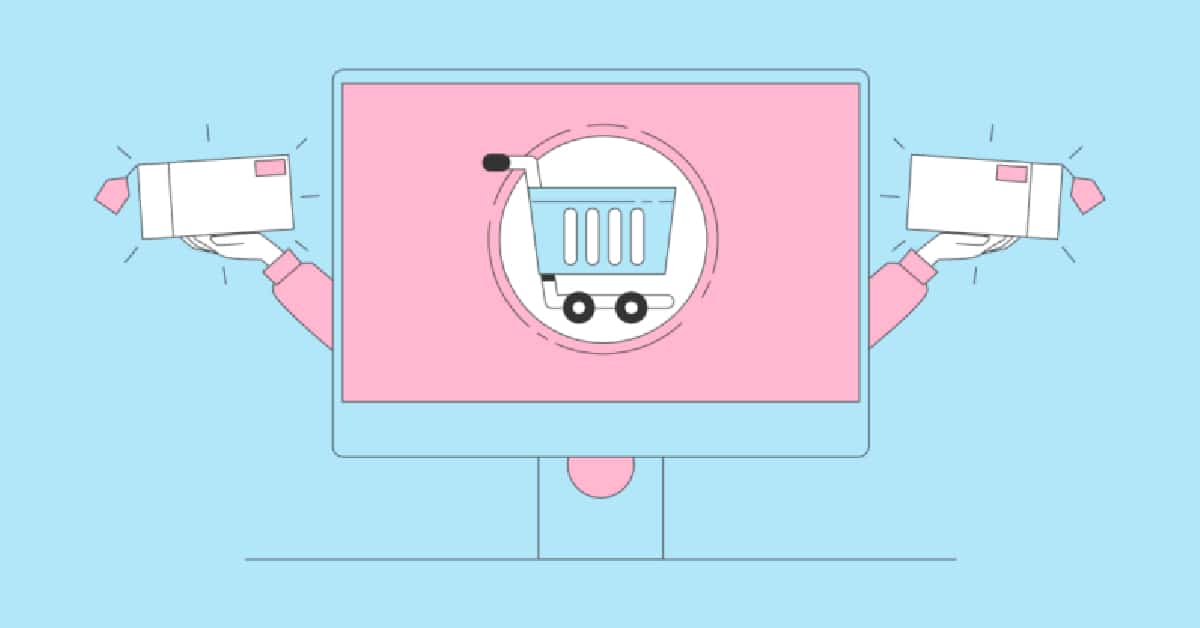Having a solid product seeding strategy is crucial for the success of any business. The process of product seeding involves strategically distributing your product samples or prototypes to potential customers, influencers, and key stakeholders to create buzz, generate interest, and build brand awareness. However, developing a product seeding strategy that actually works and delivers results can be a challenging task. In this article, we will explore the key steps and best practices involved in building a product seeding strategy that works, helping you effectively launch and promote your product in the market.
What is product seeding?

Product seeding, also known as influencer gifting, is a marketing strategy where brands send free products to a carefully selected group of influencers. The goal is to generate buzz, increase brand awareness, and leverage the influencers’ reach and influence to promote the products. In this strategy, brands identify influencers who align with their target audience and send them complimentary products. The influencers then share their opinions, experiences, and photos of the products with their followers, either through blog posts, social media posts, videos, or other forms of content.
Product seeding can be an effective way for brands to reach a larger audience and gain credibility through word-of-mouth marketing. By leveraging theinfluencers’ established trust and relationship with their followers, brands can tap into a pre-existing community of potential customers. This strategy can also help generate user-generated content, as influencers often create posts or reviews featuring the products. Additionally, product seeding allows brands to collect feedback and insights about their products from influencers and their audiences.
Why Product Seeding Matters?
Product seeding plays a crucial role in introducing a new product to the market or expanding the reach of an existing one. By strategically placing your product in the hands of influencers, opinion leaders, and potential customers, you can create a buzz around your brand and generate valuable word-of-mouth referrals. This not only increases brand visibility but also builds trust and credibility for your product.
The Key Elements of a Successful Product Seeding Strategy

Building a successful product seeding strategy involves considering various key elements. Here are some essential components you should focus on:
Define Your Target Audience
Before you start seeding your product, it’s crucial to identify and understand your target audience. Who are the people most likely to be interested in your product? What are their demographics, interests, and pain points? By answering these questions, you can tailor your seeding efforts to reach the right people and maximize the impact of your strategy.
Research Influencers and Opinion Leaders
Identifying influencers and opinion leaders in your niche is vital for a successful product seeding strategy. These individuals have a significant impact on the opinions and decisions of your target audience. Research and compile a list of influencers who align with your brand values and have a substantial following. Engaging with them can help you leverage their reach and credibility to promote your product effectively.
Craft an Irresistible Product Story
A compelling product story is the backbone of a successful seeding strategy. Highlight the unique features and benefits of your product, emphasizing how it solves a specific problem or fulfills a need for your target audience. Craft a narrative that resonates with your potential customers and makes them eager to experience your product.
Develop a Comprehensive Seeding Plan
A well-thought-out seeding plan is crucial for the success of your strategy. Consider the various channels and methods through which you can reach your target audience. This could include influencer collaborations, product giveaways, strategic partnerships, or even social media campaigns. Develop a timeline, allocate resources, and establish clear goals for each seeding activity.
Engage with Your Community
Building a strong and engaged community is essential for the long-term success of your product seeding strategy. Encourage user-generated content, create opportunities for feedback and reviews, and foster a sense of belonging among your customers. By nurturing your community, you can foster brand loyalty and advocacy, leading to organic growth and increased product adoption.
Track and Analyze Results
To ensure the effectiveness of your product seeding strategy, it’s crucial to track and analyze the results of your efforts. Utilize analytics tools to measure key metrics such as reach, engagement, website traffic, and sales. By monitoring the data, you can gain valuable insights into the performance of your strategy and make informed decisions for future campaigns.
A well-crafted and executed product seeding strategy can be a game-changer for your business. By defining your target audience, researching influencers, and crafting an irresistible product story, you can create a solid foundation for success. Develop a comprehensive seeding plan, engage with your community, and track your results to optimize your strategy over time. Remember, building a product seeding strategy that works requires continuous effort and adaptation. Stay committed, embrace creativity, and watch your product soar to new heights!
FAQs
When identifying influencers for your product seeding strategy, consider factors such as relevance, audience demographics, engagement rates, and authenticity. Look for influencers whose values align with your brand, and analyze their previous collaborations to gauge the effectiveness of their promotional efforts.
Both macro-influencers and micro-influencers have their own advantages. Macro-influencers have a larger following and can help you reach a broader audience. On the other hand, micro-influencers often have a more engaged and niche-specific audience, which can result in higher conversion rates. Consider your product, target audience, and budget when deciding which type of influencer to collaborate with.
To measure the success of your product seeding strategy, track key metrics such as reach, engagement, website traffic, and sales. Set specific goals and use analytics tools to monitor your progress. Additionally, gather feedback from influencers, customers, and your community to gain qualitative insights into the impact of your seeding efforts.
Social media platforms offer an excellent opportunity to amplify your product seeding efforts. Leverage popular social media channels to reach a wide audience, engage with influencers and potential customers, and generate buzz around your brand. Create compelling content, utilize relevant hashtags, and encourage user-generated content to maximize the impact of your social media presence.
Absolutely! Product seeding is not limited to new product launches. Even for existing products, a well-executed seeding strategy can help re-ignite interest, reach new target segments, and generate positive word-of-mouth. Analyze your current market position, identify untapped opportunities, and tailor your seeding efforts accordingly.
The timeline for seeing results from a product seeding strategy can vary depending on various factors, such as the nature of your product, the effectiveness of your seeding activities, and the receptiveness of your target audience. It’s important to approach product seeding as a long-term investment, as building brand awareness and trust takes time. Monitor your progress, make necessary adjustments, and stay committed to your strategy.
Related articles
 Anas is our go-to copywriter with a knack for crafting persuasive and high-converting eCommerce landing pages. His passion for words and understanding of consumer psychology helps turn visitors into loyal customers. When he's not refining his copy, Anas enjoys exploring the latest digital marketing trends and experimenting with new writing techniques. His blend of creativity and strategic thinking makes him an indispensable part of our energetic team.
Anas is our go-to copywriter with a knack for crafting persuasive and high-converting eCommerce landing pages. His passion for words and understanding of consumer psychology helps turn visitors into loyal customers. When he's not refining his copy, Anas enjoys exploring the latest digital marketing trends and experimenting with new writing techniques. His blend of creativity and strategic thinking makes him an indispensable part of our energetic team.












